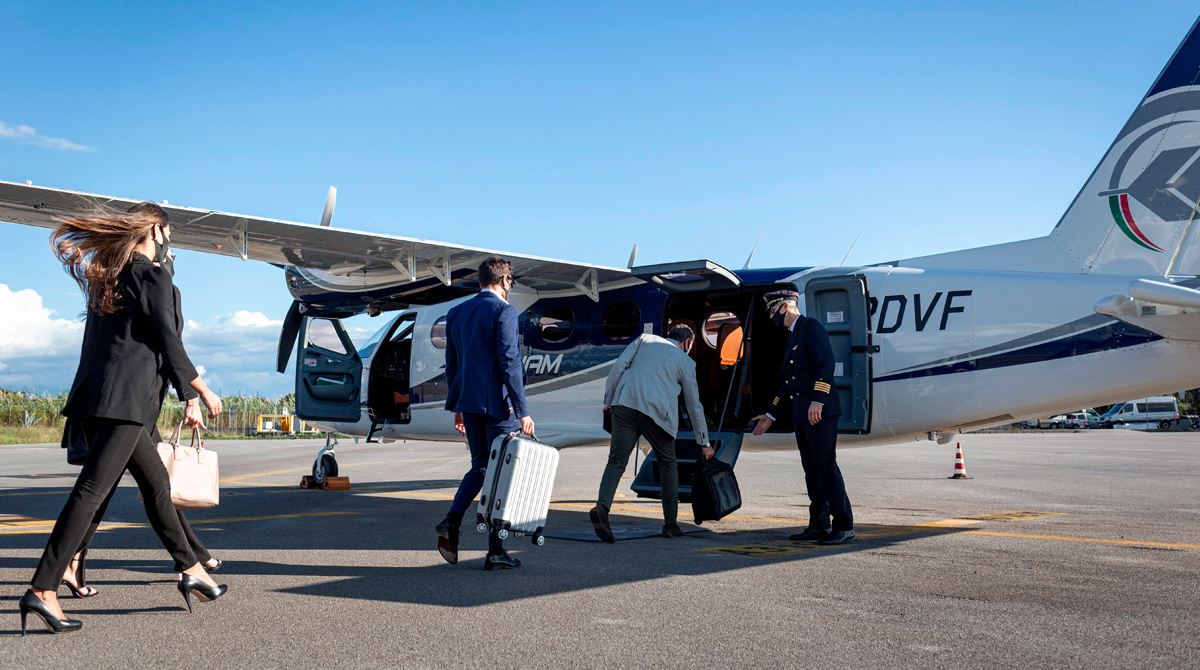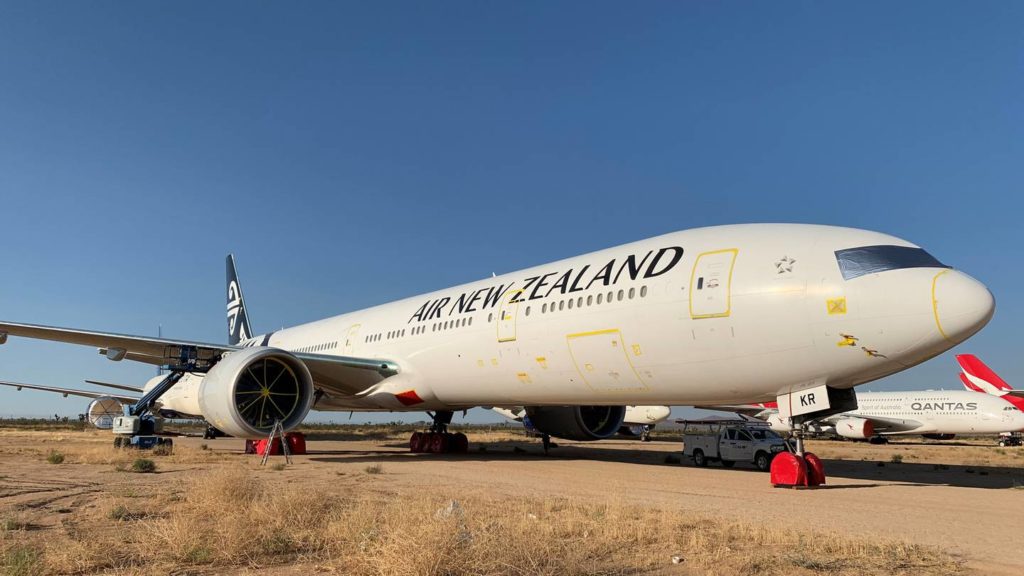Leeham News and Analysis
There's more to real news than a news release.
Widebody availability set to surge; could new entrants take advantage?
Subscription Required
By Judson Rollins
Introduction
June 3, 2021, © Leeham News: Lessors are expected to write down the value of their widebodies as the long-haul travel slump appears set to extend well beyond this year, LNA reported last week.
A tidal wave of excess widebodies has reduced ownership costs to historic lows. Prices will only go lower as lessors finally initiate distressed-asset sales, and lease rates will continue to fall as used widebody inventory grows.
A confluence of factors, topped by the availability of lower-cost used widebodies, could increase the cost advantage of low-cost carriers over legacy competitors – at the same time reduced business travel and lower yields reduce the gap between legacy and LCC unit revenue.
Summary
- Widebody availability is set to increase steadily throughout the decade.
- What airplanes are likely to be most attractive?
- Sustainably lower costs could enable low-cost carriers to overcome a shrunken “revenue gap.”
Bjorn’s Corner: The challenges of airliner development. Part 5. Developing to Cert rules
May 28, 2021, ©. Leeham News: After an overview of different certification rules and discussions about why there are different rule sets, we now exemplify the rules by looking at specific aircraft projects and how the certification rules affect the design.
We start this week with the idea to certify a 9-seat mini-airliner like the Tecnam P2012 Traveller. It’s a recent development with US-based Cape Air as the launch customer.
Industry stands together on safety
By Scott Correa
Special to Leeham News
May 27, 2021, © Leeham News: Forty-two years ago this week, I puked at work.

American Airlines flight 191 moments before crashing less than a mile after takeoff at Chicago O’Hare Airport. Source: Wikipedia.
On May 25, 1979, an American Airlines McDonnell Douglas DC-10 crashed on take off from Chicago’s O’Hare International Airport. Within minutes, it was known that the No. 1 engine separated from the airplane just after the airplane was committed.
The aircraft gained a few hundred feet before rolling over on its left wing, crashing into a trailer park. All 271 on board and two people on the ground were killed.
The Federal Aviation Administration immediately grounded all DC-10s in the US because of the engine separation. Regulators elsewhere in the world followed suit.
Widebody write-downs are coming – how much will asset values be affected?
Subscription Required
By Judson Rollins
Introduction
May 27, 2021, © Leeham News: As central banks pumped liquidity into the global economy over the past 15 months, aviation has attracted a steady stream of investor interest.
However, aircraft transactions have been few and far between apart from growth in sale-leasebacks. An expected wave of lessor consolidation has been limited to one major transaction, the AerCap/GECAS merger announced in March. Even this was likely driven by GECAS parent General Electric’s push to dismantle its finance business, GE Capital.
Fly Leasing, a lessor with just 84 aircraft, sold itself to private equity firm Carlyle Aviation Partners in March. These have been the only lessor mergers or acquisitions to date, despite wide speculation the COVID pandemic would spur many lessors to combine.
A lack of merger activity is likely because aircraft leasing is not a business with large economies of scale.
Widebody aircraft values have fallen 30%-40% since the start of 2020, according to the UK appraiser Ishka. Relatively few of these aircraft have been written down on lessor balance sheets, but more are expected to be so toward the end of this year.
Summary
- Equity investors looking for high returns are finding disappointment so far.
- Asset write-downs are unlikely to have much impact on lessor viability – but could open the door to distressed sales.
- Could a glut of unused widebodies lead to a wave of new airlines?
HOTR: Ryanair’s O’Leary pissed, but wants 737 MAX 10
By the Leeham News Team
May 25, 2021, © Leeham News: Michael O’Leary may be royally pissed as Boeing, but he’s nevertheless in negotiations for a large order of 737-10 MAXes.
In the year-end earnings call last week and in an appearance on CNBC, O’Leary unloaded on Boeing’s Seattle management team over delivery delays for the 737-8200.
O’Leary, the CEO of Ryanair, didn’t mince words—he never does. This is, after all, the guy who at a press conference talked about his potential trans-Atlantic low fare operation providing blow jobs to business class travelers. Sitting next to him was his female translator, who clearly was nonplussed. (You can look it up on YouTube.)
Pontifications: Remembering an industry visionary
May 24, 2021, © Leeham News: In the 42 years I’ve in associated with commercial aviation, I’ve met lots of people. I became friends with some. Others were good business acquaintances.
Michael Chowdry fell into the former category. Jeff Cole fell into the second.
Both died in an airplane accident Jan. 24, 2001. Chowdry was CEO of Atlas Air, a pioneering ACMI operator.
Cole was the aviation reporter for the Wall Street Journal. Cole went to Denver to interview Chowdry about the ACMI operation. ACMI stood for Aircraft, Crew, Maintenance and Insurance. The concept is common today. It wasn’t then.
As part of the visit, Chowdry decided to give Cole a ride in a Czech-built L-39 jet trainer he owned. Almost immediately after take-off, the flight ran into trouble. Chowdry, piloting the plane, never got higher than some 400 feet. He couldn’t keep the plane airborne. It crashed, killing himself and Cole instantly.
Now, 20 years later, Chowdry’s widow, Linda, published a biography called No Man’s Son, A Flight from Obscurity to Fame.







